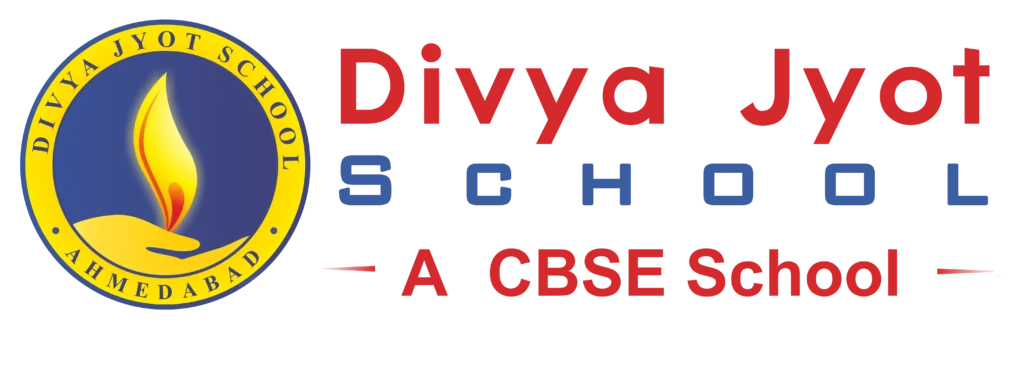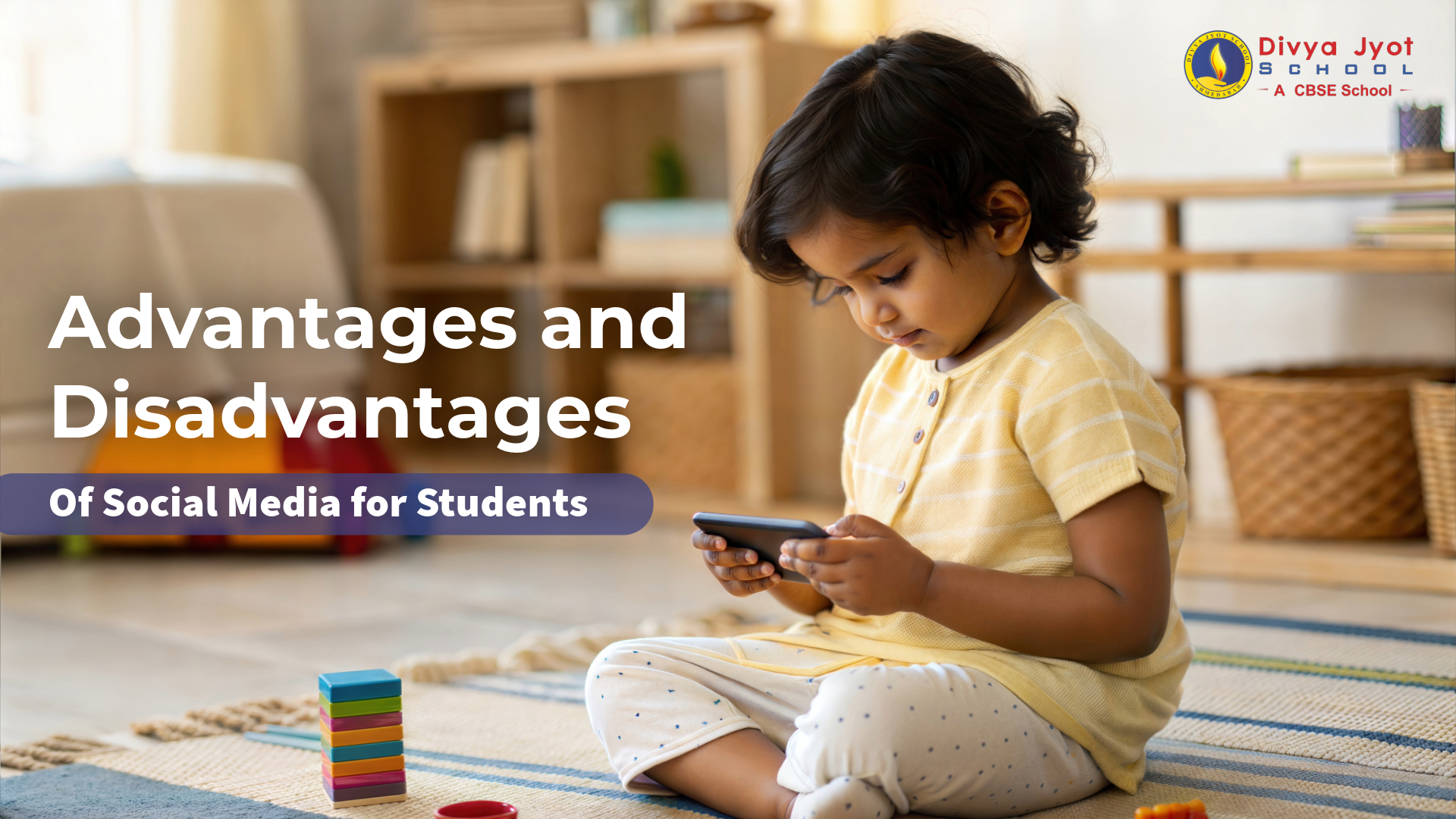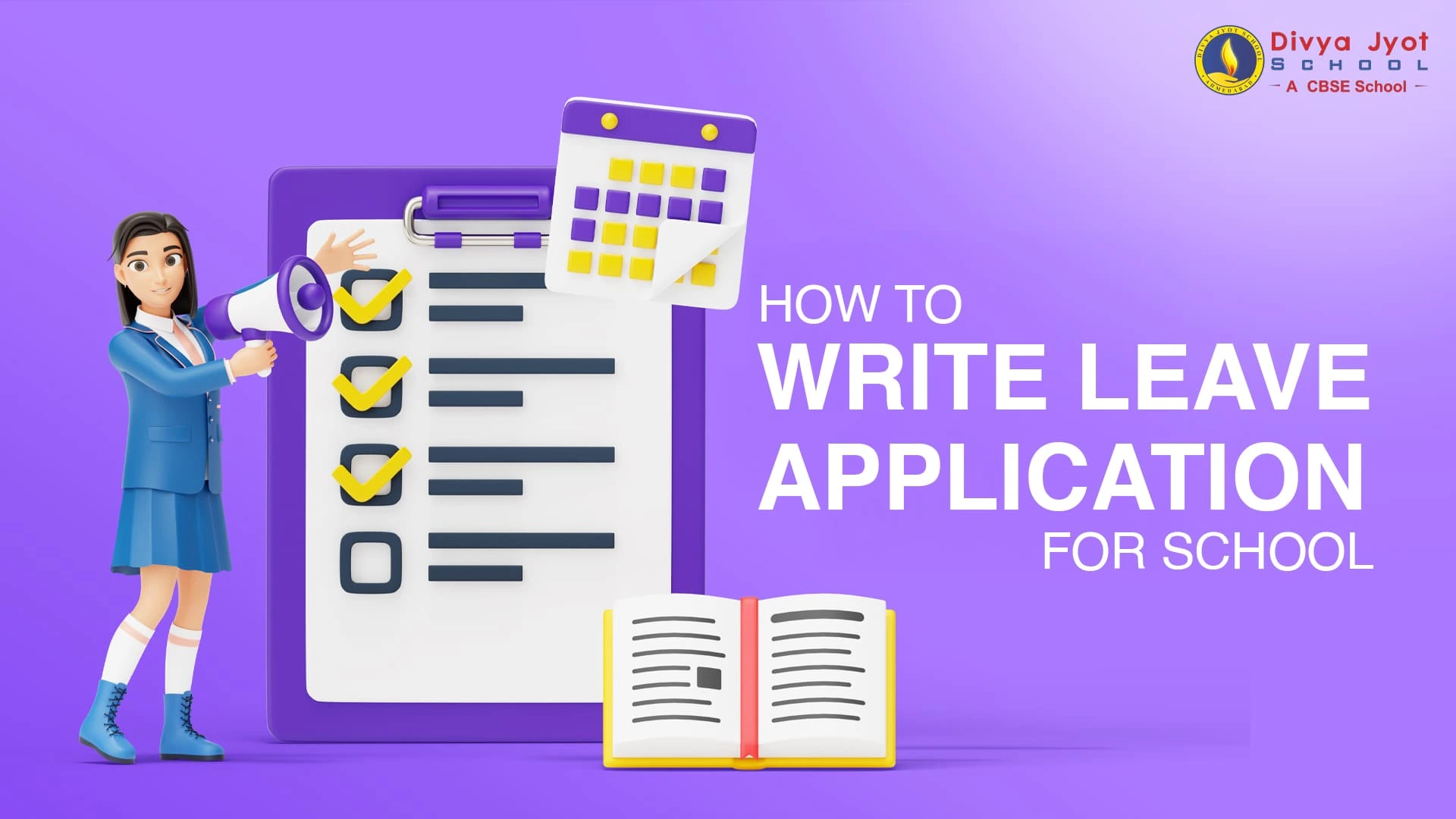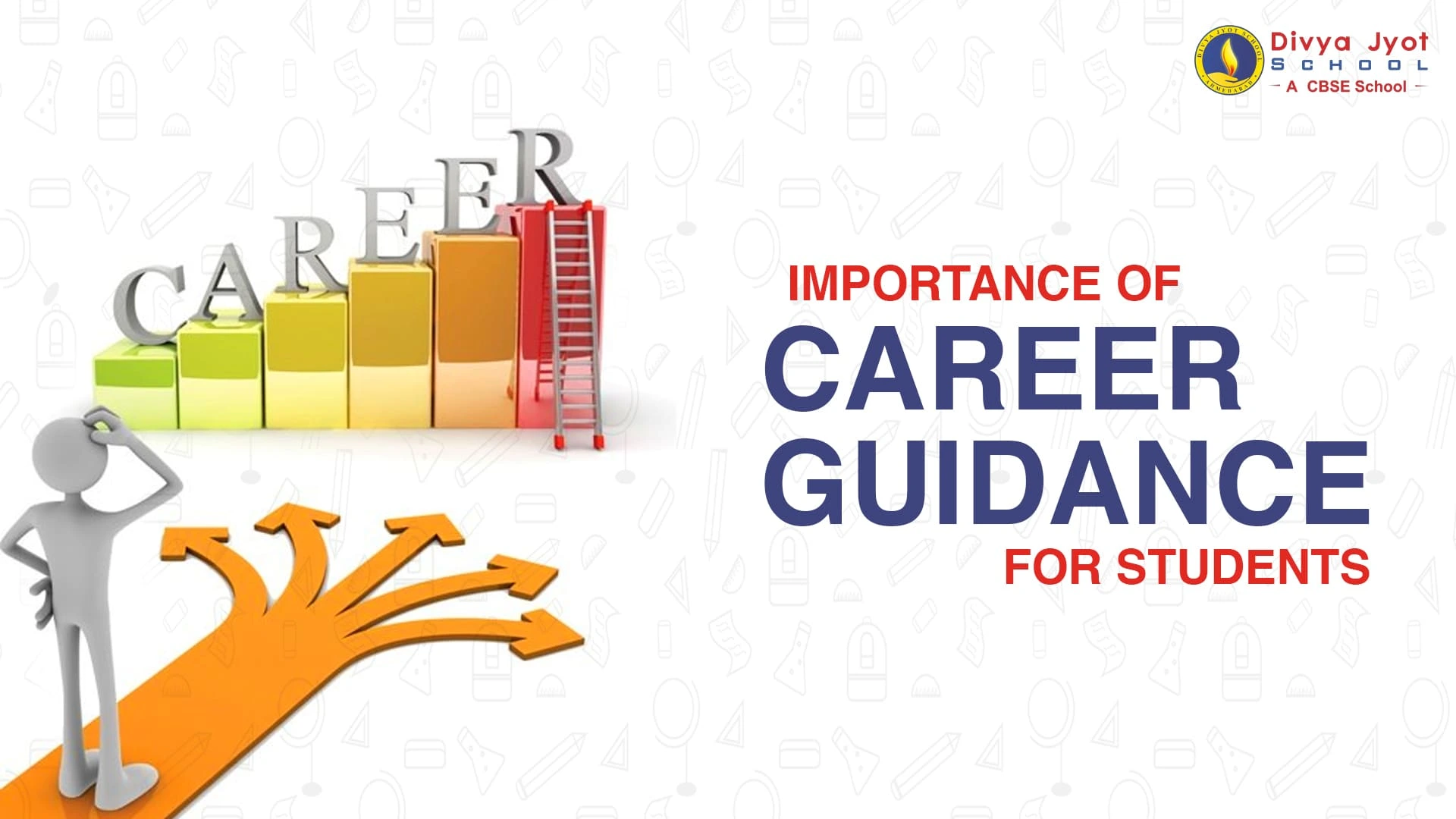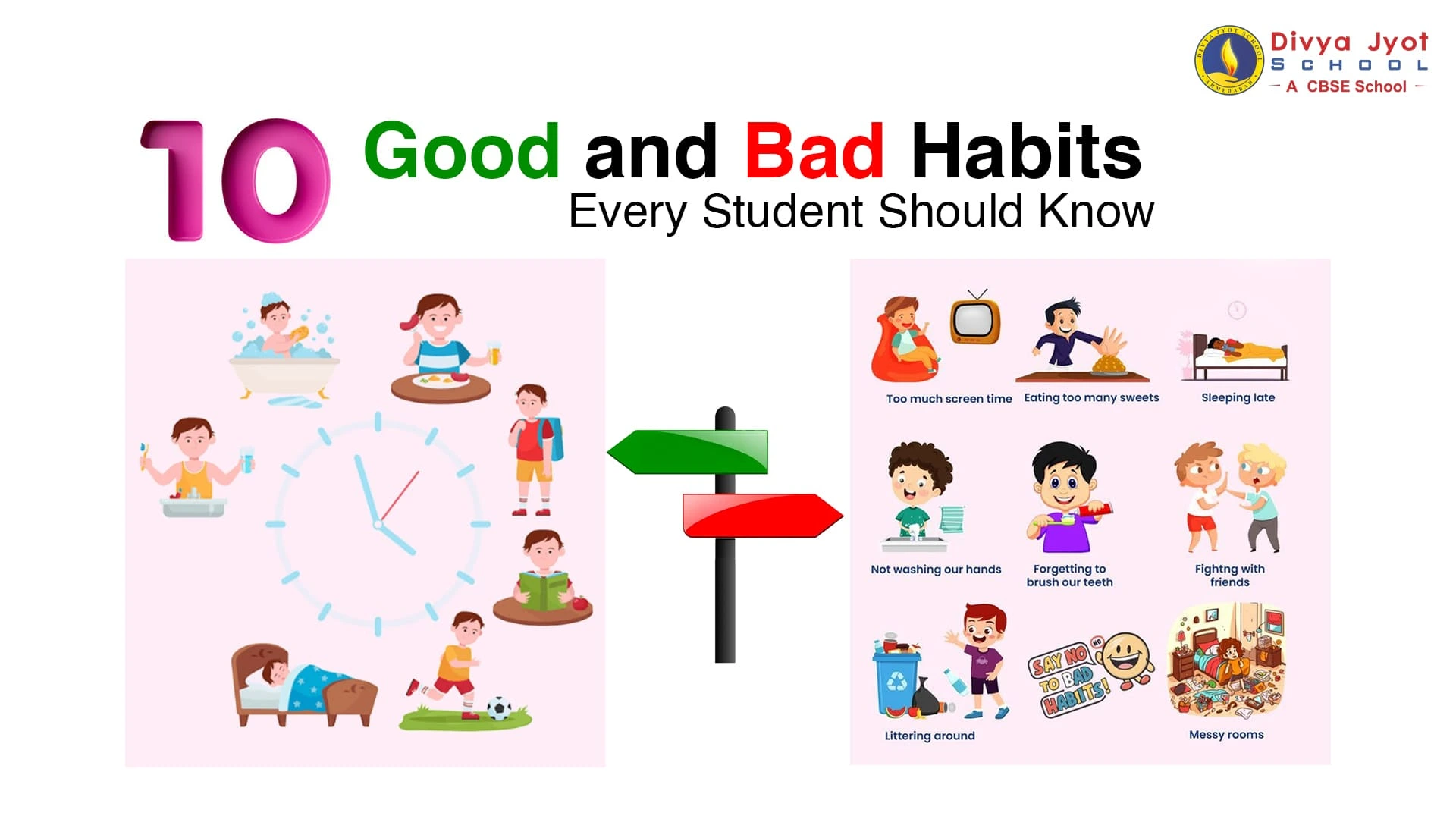Not long ago, the idea of using a tweet or an Instagram post as a teaching tool would have seemed impossible. However, in recent years, social media has become an indispensable resource in education, particularly for teenagers.
The influence of social media on learning is apparent. It hasn’t just changed how students connect with each other and their teachers; it’s also opened up exciting new avenues for collaborative learning, easy knowledge sharing, and building crucial digital skills.
Of course, using social media in the classroom isn’t without its challenges. That’s why it’s so important to understand how to maximize its benefits while effectively minimizing its drawbacks.
Why Do Students Use Social Media?
Young people today have endless ways to engage with social media, and for good reason! It offers them a chance to connect virtually with the wider world around them. Students will naturally use these platforms in various ways, all depending on their unique interests, communities, and connections with friends and family.
Here are some of the key reasons why students flock to social media:
- Sharing Fun Moments: They love to share quick, funny moments with friends, often through memes or short videos.
- Engaging in Activism: Social media is a powerful tool for getting involved in local and global activism, as seen with recent student-led climate strikes.
- Accessing Information & Content: It’s a go-to source for articles, videos, and updates from events they might not be able to attend in person.
- Staying Connected with Family: Students use it to communicate and connect with family members, especially those who live far away.
- Following Popular Culture: It’s how they keep up with popular culture, whether it’s their favorite bands, the latest fashion trends, or sports news.
- Organizing Social Plans: It’s an easy way to organize meet-ups and catch-ups with friends.
Advantages of Social Media For Students
Social media isn’t just for fun and games; it offers some real advantages for students today. Here’s a look at the benefits of social media in education:
- Enhances Communication: Students may now easily communicate and share information thanks to social media. It creates a space where they can easily connect with classmates and teachers, swap information, and work together on projects.
- Supercharges Information Sharing: Platforms like Facebook, X (formerly Twitter), and Instagram have become goldmines for information. Students can quickly access news and updates about events and what’s happening globally.
- Opens Up Educational Doors: Social media has made it so much easier for students to find and use learning resources. Online platforms like YouTube, Coursera, and Khan Academy offer free access to tons of educational content, right at their fingertips.
- Creates Networking Opportunities: Beyond the classroom, social media builds valuable connections. Students can link up with professionals and experts in their chosen fields, share their ideas and projects, and even get feedback that can help them grow.
Disadvantages of Social Media For Students
While social media has numerous advantages, it’s important to recognize its possible harmful effects on children. Here are some key drawbacks:
- Addiction Risks: Social media addiction is a growing concern. Many students spend hours glued to these platforms, which often takes a heavy toll on their academic performance.
- Rise in Cyberbullying: Unfortunately, social media has made it simpler for bullies to harass and intimidate others. The consequences of cyberbullying can be severe, leading to depression, anxiety, and in tragic cases, even suicide.
- Major Distraction: Social networking is a significant distraction for students. It can severely impact their concentration and make it incredibly difficult for them to focus on their studies and assignments.
- Spread of False Information: These platforms are often flooded with false or misleading information. Students might unknowingly believe these inaccuracies, potentially leading them to make poor decisions based on incorrect facts.
Maximizing Social Media’s Potential in Education
Despite its challenges, social media remains an incredibly powerful tool for learning. Both students and teachers can leverage it to significantly enhance the teaching-learning process.
- Create Online Study Groups: Platforms like Facebook or WhatsApp are perfect for forming closed study groups. Students can easily share resources, discuss topics, and help each other understand complex concepts in a private, collaborative space.
- Utilize Educational Blogs: Teachers can set up educational blogs on platforms like WordPress or Medium. These blogs are excellent for sharing supplementary content, summarizing lectures, or showcasing research projects. They not only complement classroom lessons but can also inspire students to explore further.
- Host Webinars and Live Classes: Using platforms such as YouTube or Instagram for webinars or live classes is a fantastic way to engage students dynamically and interactively. These sessions can also be recorded, providing valuable content for later review or for students who missed the live event.
- Incorporate Gamification: Social media offers unique opportunities to gamify learning. By adding game elements like points, badges, or friendly competitions between peers, teachers can significantly boost student motivation and engagement, making learning more fun and rewarding.
Conclusion
It’s clear that social media is a double-edged sword for students, offering both significant advantages and considerable drawbacks. On one hand, it brings a host of benefits, like boosting communication, making information sharing a breeze, opening up vast educational opportunities, and creating valuable networking connections.
However, the flip side reveals serious negative impacts. These include the risks of addiction, the pervasive threat of cyberbullying, constant distraction from studies, and the widespread issue of false information.
Finally, kids must learn how to utilize social media responsibly and in a balanced manner. This isn’t just about avoiding the pitfalls; it’s also about truly leveraging all the positive aspects these platforms offer. Both parents and educators have a vital role to play here, actively guiding and teaching students about smart, safe, and productive social media use.
